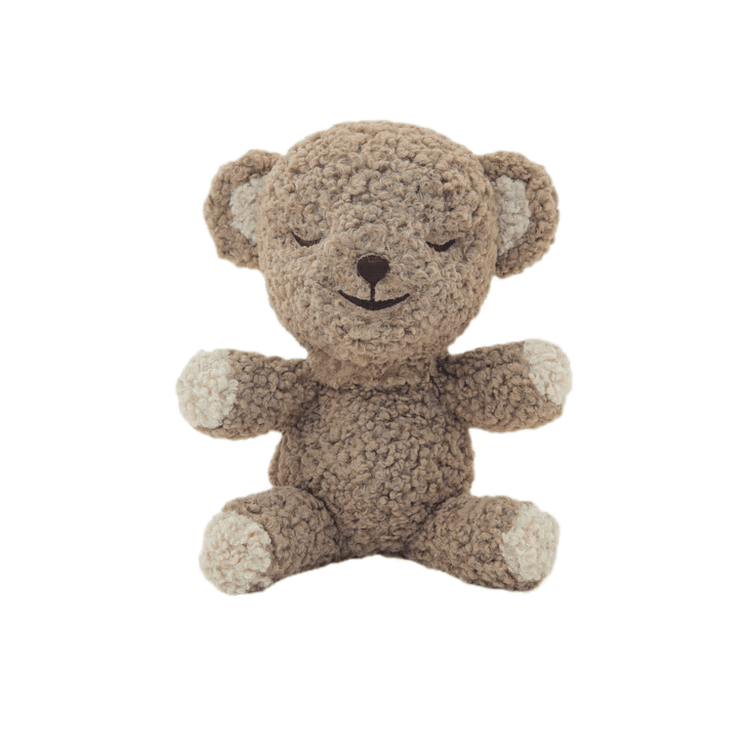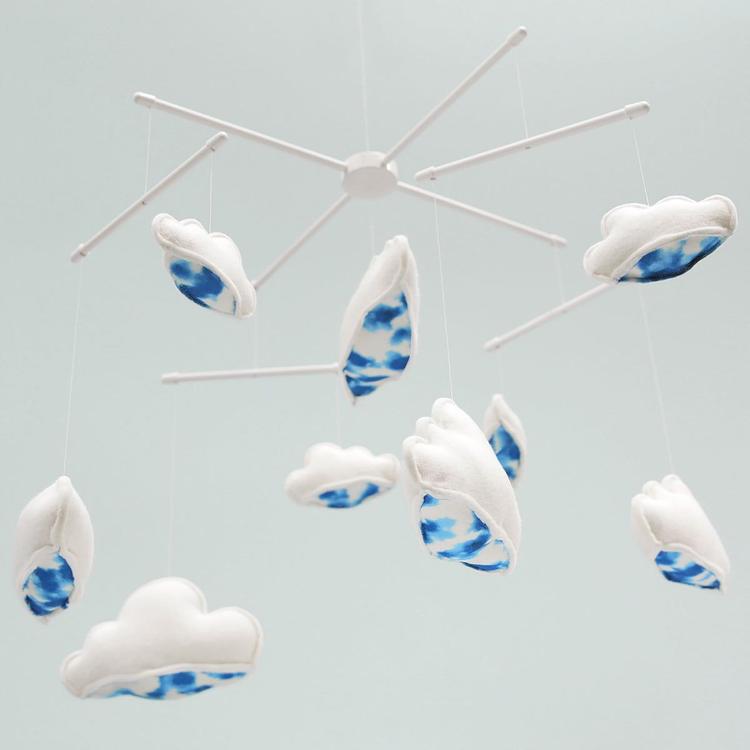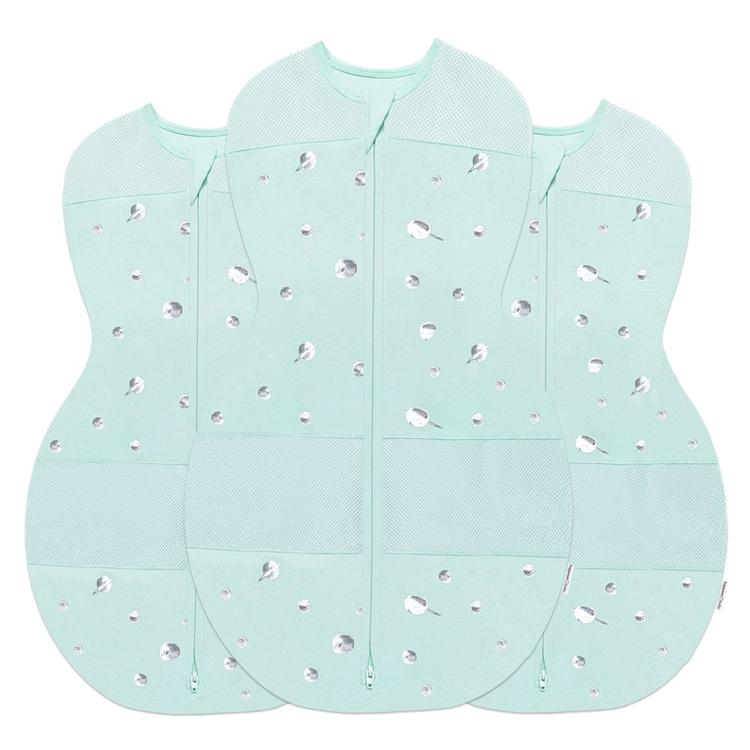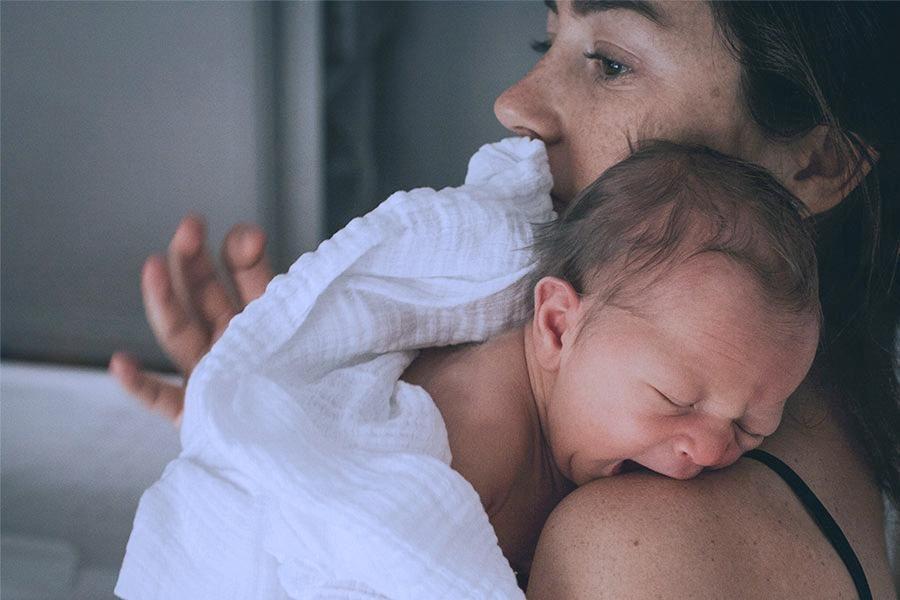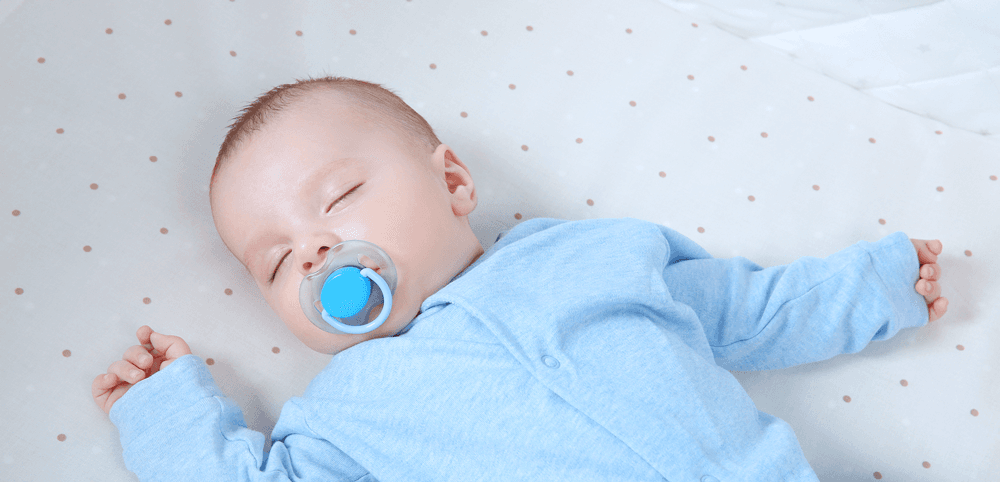PARENTS
Keep Kids Safe at the Beach
Before you can dive into the fun at the ocean, learn how to keep babies, toddler, and big kids safe in the water and on the sand.

Written by
Happiest Baby Staff

Frolicking in the ocean, building castles in the sand, basking in the sunshine: Nothing screams Summer Holiday quite like a trip to the beach! But before you toss the water wings in the car and stuff your cool box full of snacks, learn how to best keep your whole family safe on the sand and in the ocean. Here is how:
Choose the right bathing suit.
While your toddler’s blue gingham swimsuit might be cute-as-can-be, it is not the safest colour combo for the beach, according to research from Alive Solutions, a company specializing in aquatic safety. They tested the visibility of 14 bathing suits in varying colours and patterns in both a pool and in a lake and found that only neon yellow, green, and orange swimsuits were still detectable under 457.2 millimeters of open water. While small patterns did not seem to impact visibility much, large dark patterns actually decreased visibility even further. While you are swimsuit shopping, keep a rash vest in mind, too. After all, it is way easier to protect a kiddo’s body from the sun with a UV-protective top than sunscreen.
Bring lots of water.
Thanks to having a higher surface area to volume area, babies and young children are at greater risk of getting dehydrated in the beach heat than you. Plus, children often cannot or do not tell you they are thirsty. That is why it is extra important to pack lots of water and fruit, like watermelon, cantaloupe, strawberries, peaches, or cucumber, all of which have a high water content that can help keep your bub properly hydrated.
Offer a water or fruit break every 20 minutes or so. Children between the ages of 2 and 3 need about 1.3 litres of water a day, and those between 4 and 8 need about need about 1.6 litres a day, but you will want to increase these amounts during hot beach days. To keep your 6- to 12-month-old well hydrated, you can offer them about 110 to 220 milliliters of water a day. Babies under 6 months get all the hydration they need from either breastmilk or baby formula. So, on sweaty beach days, simply offer more of the same.
SHARE THIS ARTICLE
PARENT PICKS
Bestsellers




